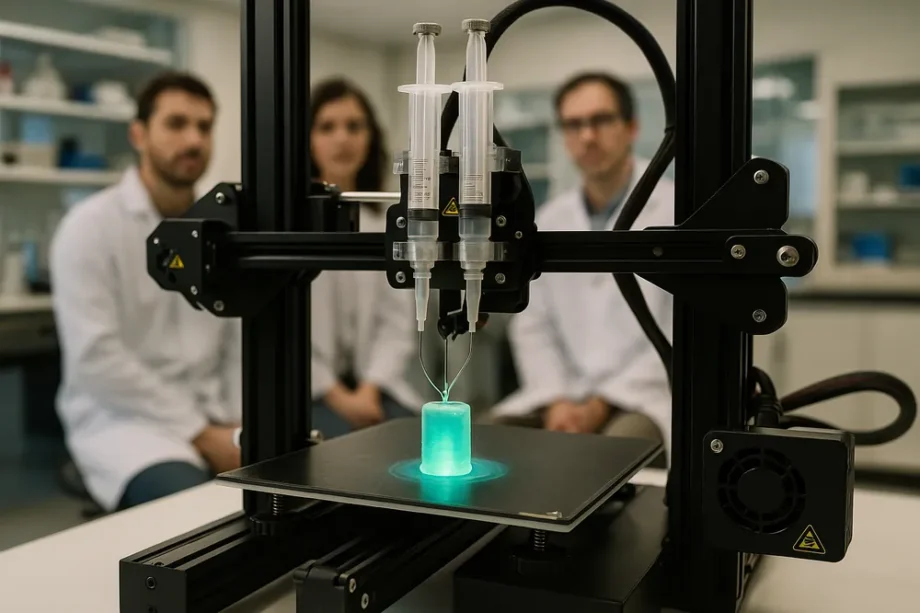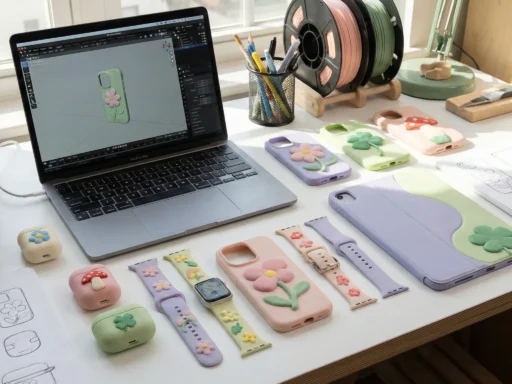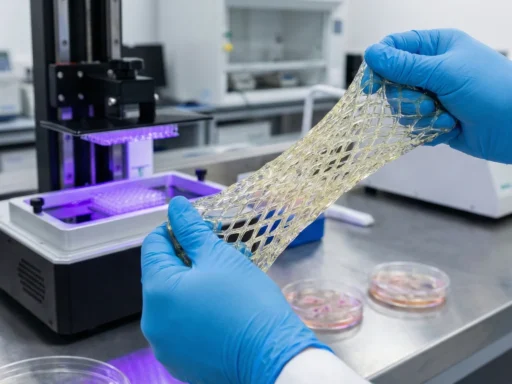A team of researchers at the UIC Barcelona, Bioengineering Institute of Technology, have modified a Creality Ender 3 Pro to design a budget-friendly, DIY coaxial 3D bioprinter and bring a robust tissue-engineering tool to science labs, educators, and makers.
Detailed in Nature, the project describes transforming a desktop FDM printer into a coaxial bioprinter that can simultaneously extrude two hydrogel-based bioinks through a custom-built coaxial nozzle. This setup imitates complex tissue structures, with a soft, cell-laden core surrounded by a mechanically supportive shell, making the device ideal for printing scaffolds used in regenerative medicine.
The entire system costs less than €600. This includes hardware upgrades, such as dual syringe pump extruders, a new 32-bit control board (SKR 2.0), and a 3D-printed coaxial nozzle. The team configured open-source firmware (Marlin) to manage dual extrusion, while all CAD files and assembly instructions are freely available for replication or modification.
To validate their system, the engineers printed mesenchymal stem cell (MSC)-laden hydrogels using a soft alginate-gelatin core and a methylcellulose-based shell. Thanks to in-situ crosslinking triggered by calcium ions in the shell material, the prints retained high shape fidelity and cell viability over 14 days: all this indicated successful tissue engineering.
Coaxial bioprinting is usually limited to high-end commercial machines due to the complexity of managing multiple materials and precise flow rates. This DIY approach not only lowers the entry barrier but also enables printing of soft, bio-functional materials, which is typically not possible with conventional single-nozzle systems.
Beyond its immediate biological applications, the design holds great potential for makers and professionals exploring multi-material printing, gradient structures, or biocompatible fabrication. The customizable platform also supports further upgrades like multi-core nozzles or microfluidic integration – giving a chance of an even more advanced, yet open-access bioprinting.






